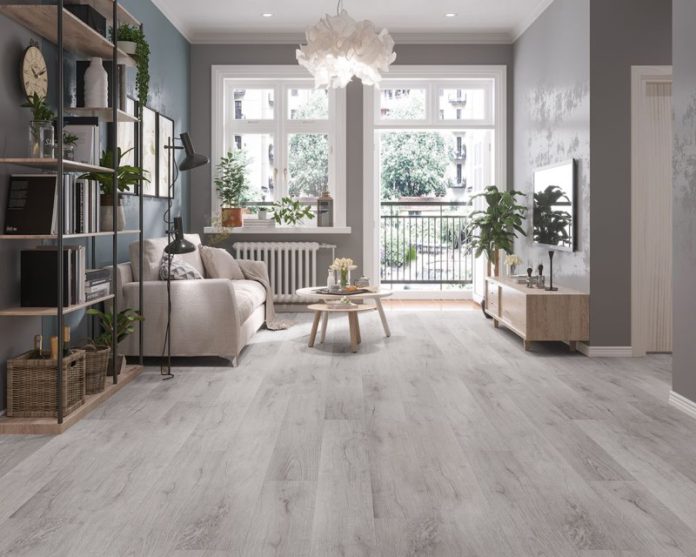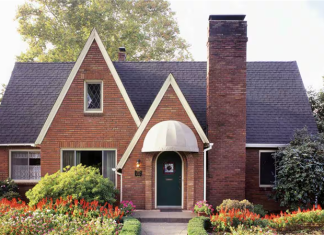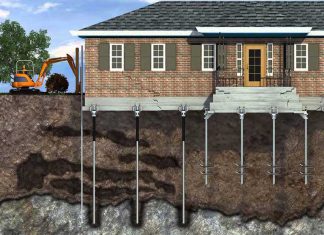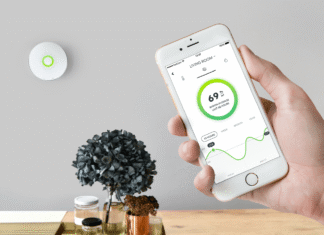When it comes to flooring, there are many options out there to choose from. Each of them have their pros and cons, from marble to hardwood to laminate. Depending on However, one of the best options you can go with is vinyl flooring. This article will go over some of the many benefits that come with vinyl flooring, from its durability to its easy cleanability, as well as types of vinyl flooring and some other tips and tricks!
The Benefits of Vinyl Flooring
When it comes to flooring, vinyl is a great option. It’s durable, easy to clean, and can be used in any room in your home. Vinyl also comes in a variety of colors and styles, so you can choose the perfect look for your space. And unlike other flooring materials, vinyl is resistant to pests and won’t fade or tear easily. So if you’re looking for a flooring option that will last you years to come, vinyl is a great choice.
Different types of vinyl flooring available
There are a variety of vinyl flooring options available, so you can find the perfect flooring for your home. Some of the most popular types of vinyl flooring include sheet vinyl, luxury vinyl planks (LVP), and vinyl plank flooring.
Sheet vinyl is a popular choice for homes with pets or children because it’s durable and easy to clean. Luxury vinyl planks (LVP) is a newer type of vinyl flooring that offers the same benefits as sheet vinyl but with a more upscale look. And vinyl plank flooring is a great alternative to hardwood floors; it has the same natural look but is more durable and easier to maintain.
How to install vinyl flooring
Installing vinyl flooring is a relatively easy process that can be completed in a single day. Here are the steps you’ll need to take:
- Remove the old flooring. If the old flooring is adhesive-backed, you can use a hairdryer to heat it up and peel it off. If it’s not adhesive-backed, you’ll need to use a pry bar to remove it.
- Clean the subfloor and make sure it’s free of any debris or dust.
- Install the vinyl flooring according to the manufacturer’s instructions. Most vinyl flooring can be installed with a simple adhesive, but some may require a moisture barrier or a specific type of adhesive.
- Allow the flooring to dry for 24 hours before walking on it.
Pros and cons of vinyl flooring
Once your vinyl flooring is installed, you’ll enjoy years of beautiful, durable flooring that’s easy to clean and protects against pests. Plus, you can choose from a variety of colors and designs that best suit your home. Here are some pros and cons of vinyl flooring
Pros:
– Vinyl is a durable and easy-to-clean flooring material that can be used in any room in your home.
– It comes in a variety of colors and styles, so you can choose the perfect look for your space.
– Vinyl is resistant to pests and won’t fade or tear easily.
Cons:
– Vinyl flooring can be slippery when wet.
– It’s not as comfortable to walk on as other flooring materials like carpet or hardwood.
Conclusion
Vinyl flooring is a terrific option for homeowners looking to update their space without worrying about the cost. It’s also easy to maintain and will last you years, making it one of the most economical types of floors on the market today. Vinyl flooring is extremely durable and can withstand a lot of wear and tear, making it ideal for high traffic areas in your home like the kitchen or living room. It’s also water resistant, so you won’t have to worry about spills and stains ruining your new floors!















